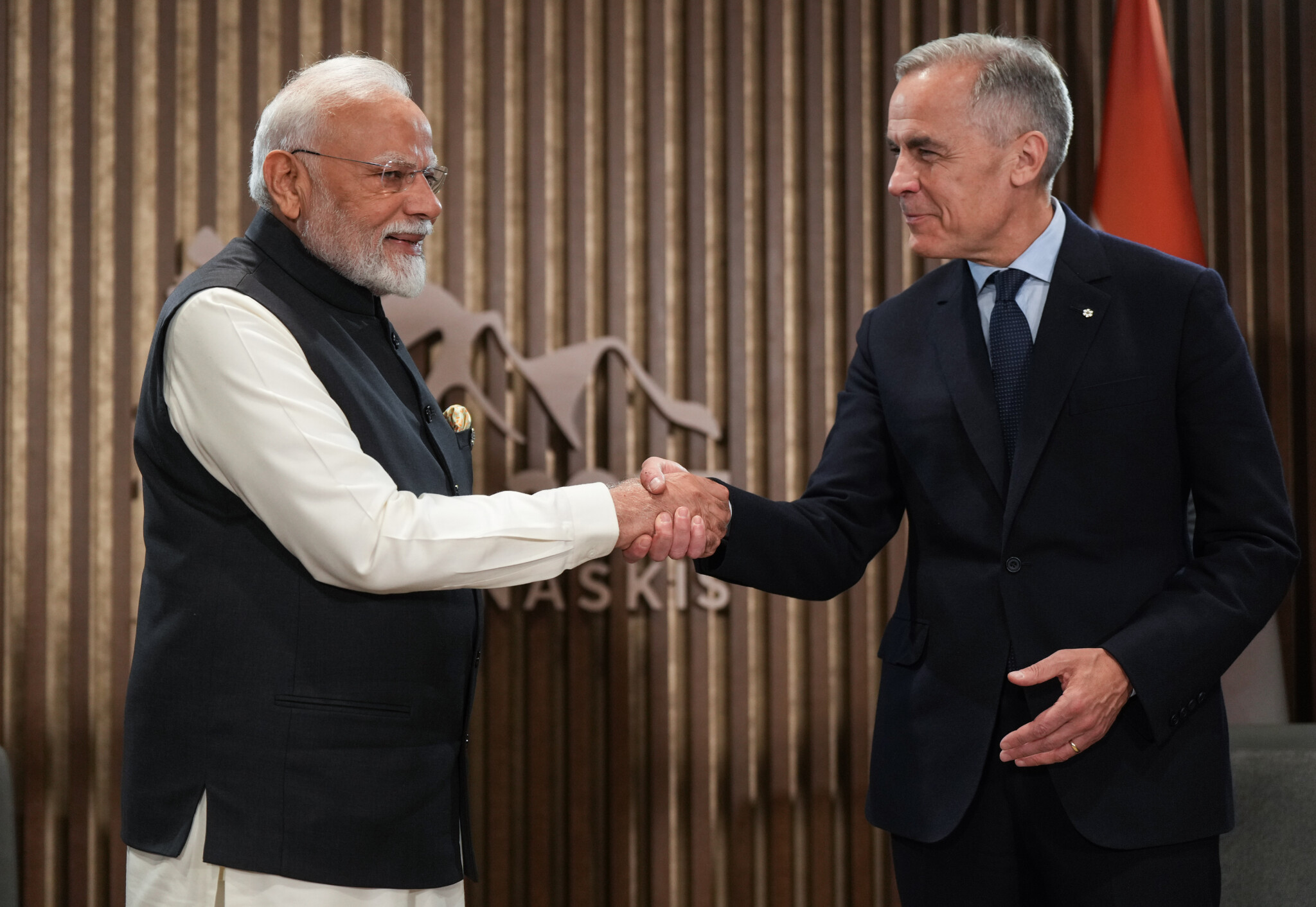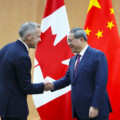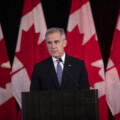Canada and India have recently named new high commissioners to each other’s capitals—a symbolic reopening after two bruising years. Ottawa’s appointment is formalized in the federal notice, and national wire coverage frames it as a thaw since the Nijjar affair cratered relations. The question for Canadians is whether this reset hardens our defences at home; if it doesn’t close the domestic loopholes that enable diaspora-driven extremism—financing, incitement, and grey-zone intimidation—then it’s optics, not security.
Canada’s threat environment is no longer siloed. The CSIS 2024 public report details how violent extremism, foreign interference, and digital mobilization now overlap and recruit across borders, with online ecosystems accelerating both radicalization and logistics. A reset with India that is worth the name must therefore be judged by whether it reduces those risk factors inside Canada.
While this is not a one-way street—India certainly deserves its fair share of the blame for the breakdown in relations with its violations of Canadian sovereignty—there are steps Canada can take to address some very real domestic problems.
Diplomacy can open the door; enforcement must close it. Canada already possesses a Charter-proof toolkit to cut money flows, deter incitement before violence, and impose tailored conditions on high-risk actors. What’s needed is coordinated deployment, transparent benchmarks, and regular public reporting.
Financing first
The financial spine comes first. The Criminal Code already prohibits terrorist financing and terrorist participation and facilitation;Terrorist financing is prohibited through s. 83.03, while terrorist participation and facilitation are prohibited through ss. 83.18 and 83.19 the gap is operational, not statutory. Ottawa should direct FINTRAC to elevate diaspora-linked red flags, tighten the loop between Suspicious Transaction Reports and police triage, and publish a quarterly scorecard that tracks terrorism-financing STRs, disclosures to law enforcement, account freezes, and prosecutions. The reporting duties and indicators are spelled out in FINTRAC’s STR guidance and supported by training materials; recent coverage of Ottawa’s AML/CTF push ahead of FATF review underscores why tightening compliance now will pay security dividends in the near term.
The importance of effective intervention
Early, narrow intervention is also required on speech that crosses the legal threshold to counselling terrorism. Parliament created s. 83.221—counselling terrorism without specifying a particular offence—because generalized exhortations can normalize violence long before a plot forms. Police and prosecutors need a multilingual evidentiary template for digital spaces where this conduct occurs, paired with high thresholds to safeguard protected expression. Publishing aggregate, public data on pre-charge legal reviews—organized by language and outcome—would deter both overreach and selective under-enforcement. The statutory context sits within Justice Canada’s national-security framework.








